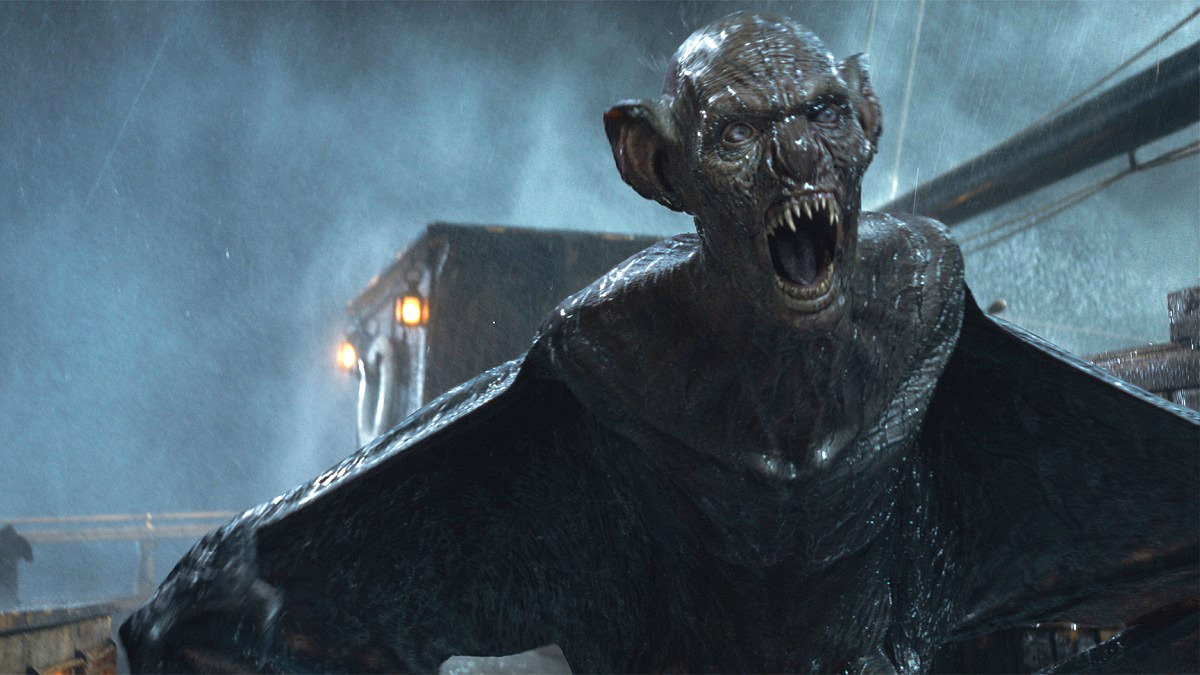Regardless of what happens onscreen, the most treacherous journey faced by The Last Voyage of the Demeter was the one to bring it to theaters in the first place, with the project first being caught in the choppy waters of development hell over 20 years ago.
The titular ship is about to make port in multiplexes tomorrow, though, with The Autopsy of Jane Doe and Scary Stories to Tell in the Dark director André Øvredal finally bringing it across the finish line. However, two of the longest-serving crew members are producers Mike Medavoy and Brad Fischer, who’ve been with Demeter since the very beginning.
In an exclusive interview with We Got This Covered, the duo reflect on the lengthy process of bringing the Dracula reinvention to fruition, the process behind the simple concept of “Alien on a boat, but with the most famous vampire ever,” how to put a fresh spin on a tale that’s been told countless times before, and even a dream project or two, which you can check out below.
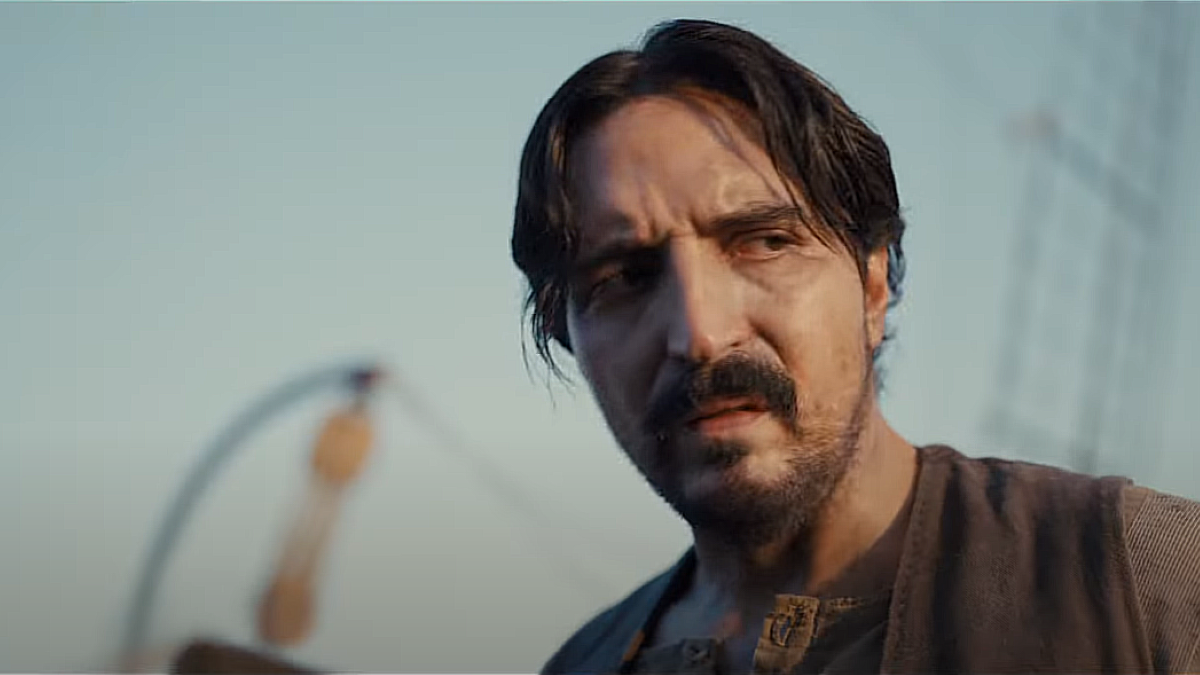
Mike Medavoy: Where are you?
I’m in sunny, sunny Glasgow.
Mike Medavoy: Glasgow! Hey, Glaswegian? That’s pretty cool. Sean Connery country. He was a very good friend of mine, and I miss him every day because he always kept me laughing. So you’ve seen the movie?
I have, I saw it last night.
Mike Medavoy: You know, August 8 is the day to Demeter washed up into Whitby. Did you know that?
I didn’t, let’s call it fate.
Mike Medavoy: Yes. We’ll call it fate.
Having been attached to the project for well over a decade at this point, how does it feel knowing The Last Voyage of the Demeter is just days away from finally coming to theaters?
Brad Fischer: Two decades, 21 years! We optioned the script in 2002. So, look, it’s very fulfilling to see something that you’ve been passionate enough about to push through, and still get done after all that time. Because as you know, it’s not easy getting movies made. And this one is one that Mike and I have been really excited about for a very long time. So we’re thrilled to be able to get it out.
Mike Medavoy: You know, lots of movies take a long time. Especially if they’re good. Because people that stick with them, there must be a reason why they do it. I mean, I was involved with One Flew Over the Cuckoo’s Nest, that took at least 25 years before it got done. You know, and there have been others. I mean, we did Black Swan, that took 10 years. I think it becomes less important.
What’s really important is: What did we put on the screen? Did we tell a good story? Did we tell it well? Does anybody give a sh*t? You don’t have to say those words. But that becomes the most important aspect of this. We feel that we’ve served the chapter in the book, that we went in to try to make sure that it tells the story. You know, it’s Alien on a on a ship. The devil is on the ship, and we don’t know whether they’re gonna get out or not.
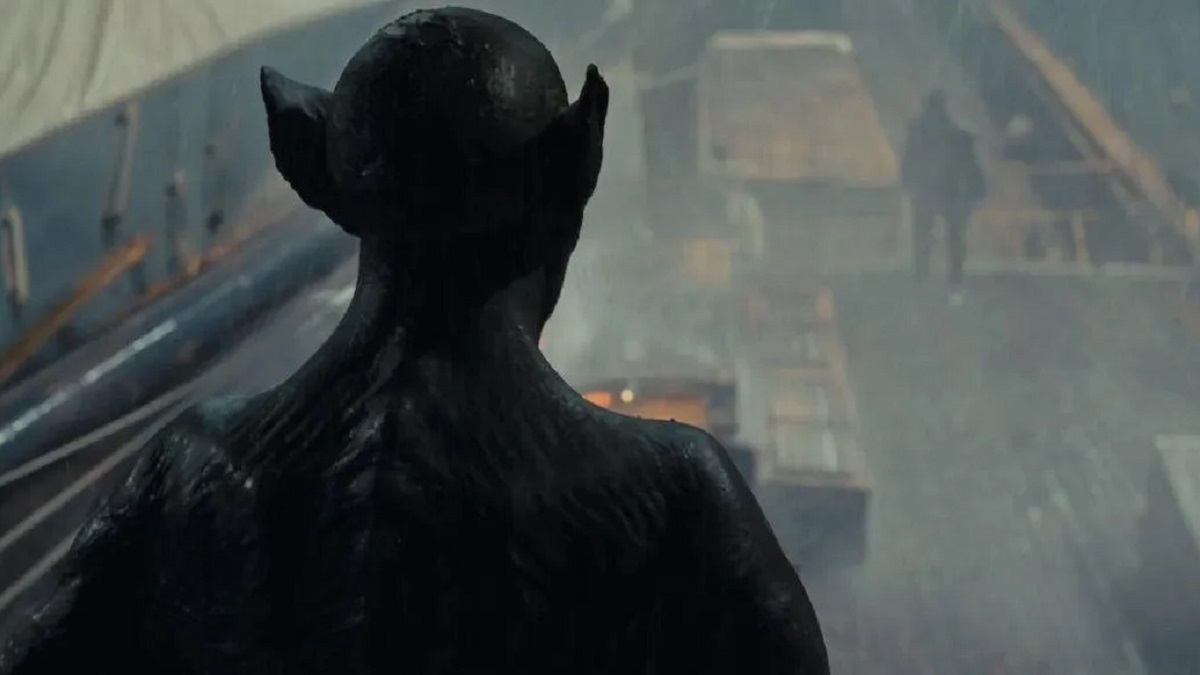
The basic concept of Demeter being comparable to Alien but with Dracula and on a boat has been key since the very beginning, and even though that’s remained the same despite several different filmmakers and stars coming and going over the years, what is it about Andre’s take on the project that stands out the most for you as veterans who’ve spent a long time trying to get this made?
Brad Fischer: Andre… every director that was on this film over the years, I think, found and was inspired by this chapter in the novel, the source material, and “The Captain’s Log,” really, because as much as it’s Bram Stoker’s Dracula, it’s the journal entries of the captain, that was recovered from the wreck of the ship. And it really just sparks the imagination if you’re a horror fan, especially of what could have been going on across that voyage on the high seas in this, you know, Gothic horror atmosphere, among these unsuspecting sailors who were dealing with with this as they began to disappear one by one.
Andre’s approach was unique in that he really also was inspired by the atmospheric elements, the environment, the idea of this proverbial haunted house at sea. But there was something about this feral monster that needed blood to survive, whose food source was effectively taken away early in the story, and how that unfolds, and the reality, and the intensity with which that all happens. So, there’s the kind of Victorian trappings of 19th Century horror literature that you often see, that has kind of a beauty to it, in a way, I think is counterbalanced by the visceral horror of what this thing wants, and the pain – almost sadistically – that it seems to enjoy imposing on its victims.
It’s not just that it wants to feed, it’s not like some Neanderthal intelligence, there’s a higher evolution to it that you can perceive behind eyes, that makes it even scarier. And I think Andre really keyed into that. And hopefully, that translates and comes through across the experience of watching the movie.
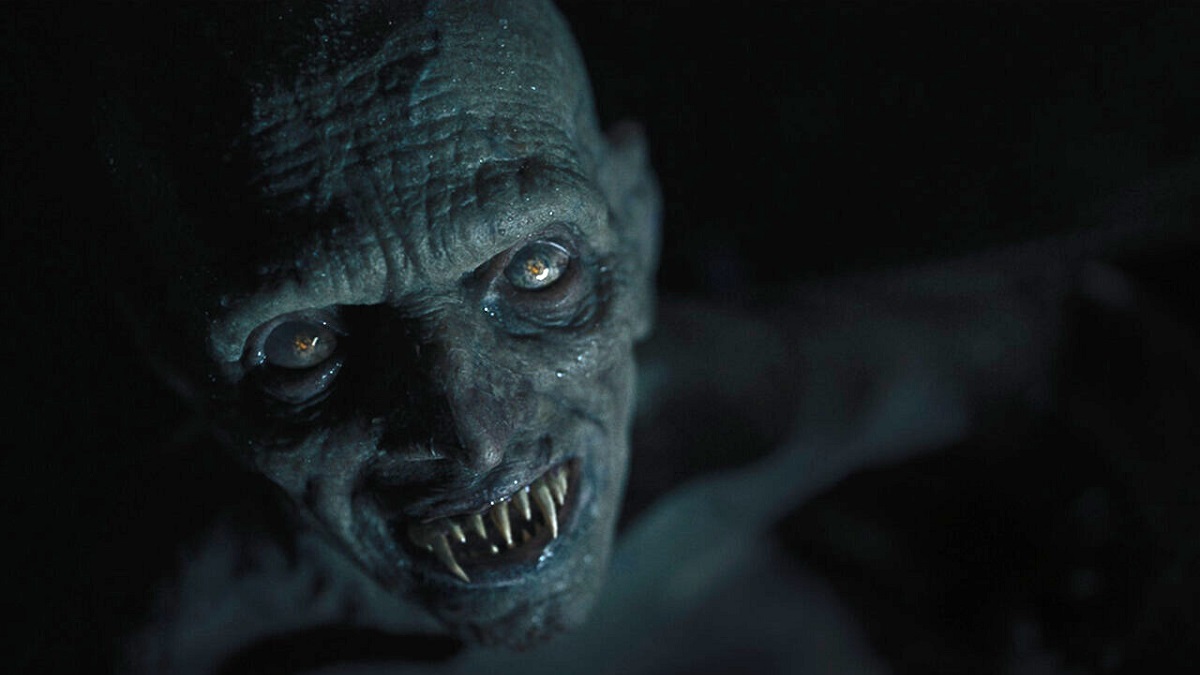
Since its inception, The Last Voyage of the Demeter has always been a haunted house story set at sea with Dracula as the monster, but it would be fair to say that having Javier Botet as the character adds a completely different dimension. Was that sort of a ‘Eureka’ moment, because that casting would have surely changed the whole dynamic in terms of how Dracula was designed, created, and played on set?
Brad Fischer: Javier and I have known each other for a while. And obviously, he worked with Andre before as well. So, we had been thinking about him, and physically what he would be able to do, and also just what he can bring to that character. He always he told me, this was the character he wanted to play his entire life. And so it was a dream role for him.
So getting him in that suit, and Göran Lundström, you know, meeting him and sort of seeing all of those designs come to life from the initial concept sketches, to the renders to the makeup tests, which were just incredible and absolutely harrowing. So yeah, he, I mean, Javier, he’s The Man of 1000 Faces, right? He’s our modern day Lon Chaney. And I think he did an extraordinary job.
Mike Medavoy: Yeah, this is putting the devil on a ship. And what you see is the devil at work, playing one character at a time. And that’s the Alien part of it, if you will. Obviously in this case, the character of Dracula is fascinating. But it takes more than one, obviously, it’s got to play against something else. You know, it’s it’s like good and evil. I mean, that’s why I say, in effect really, is that the devil’s on the boat, and there’s nowhere to go. Even when they, there’s a moment when they say, “Hey, why don’t we throw her overboard, or let’s drop her off somewhere.”
Nobody wants to stop, so that the story just keeps rolling. And at the end, we have an ending in which there’s a question about whether these characters are going to meet again. And whether Dracula is going to take over Whitby, or Londonfor that matter. You know, he never says he’s going to go to Edinburgh or anywhere like that. No idea whether he’s going to Scotland or not. I have red hair. So people think I’m Scottish, but actually, I’m a Russian Jew from Shanghai.
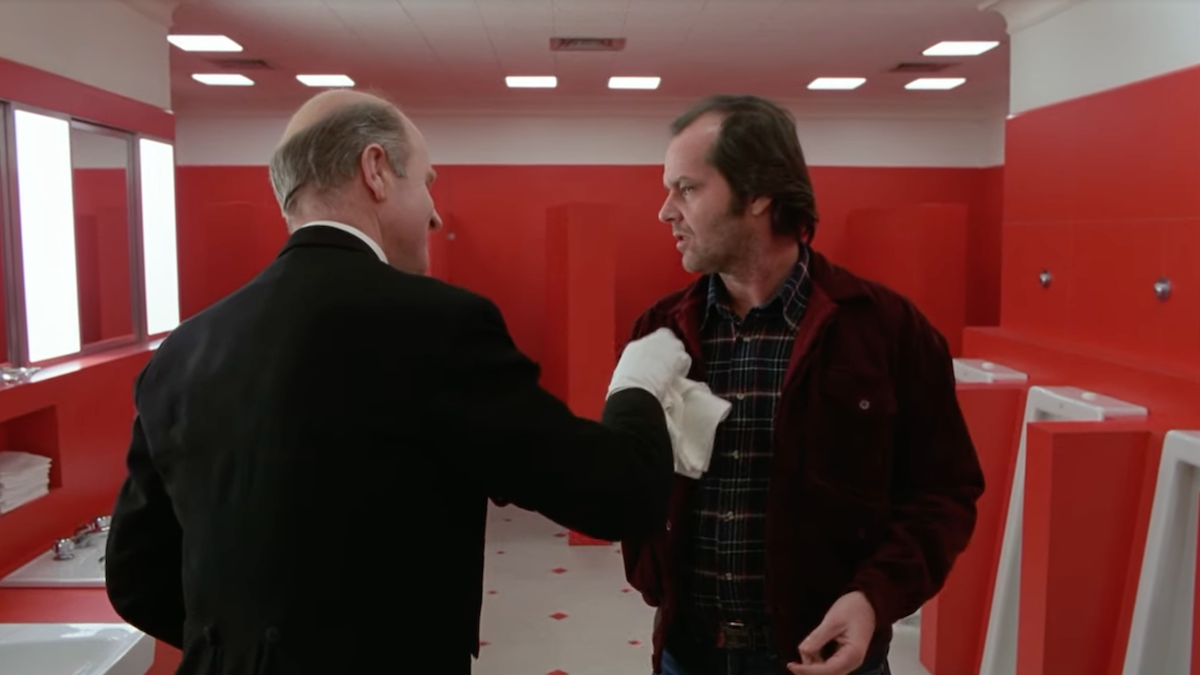
If there was any other creature or iconic character you could give The Last Voyage of Demeter treatment – as in, a standalone story that still pays homage to its inspirations – what or who would it be, and why would it be that?
Brad Fischer: Can it be from books or movies?
It can be whatever you want.
Brad Fischer: So this one, I guess, is sort of a mix. And it’s a project that I’ve I’ve been working on forever. So it’s sort of an easy one. Bob T. Watson, who built the Overlook Hotel. But obviously, years before the Torrance family got there. Mark Romanek and I were developing it for years with Warner Bros. and the Stanley Kubrick estate. The Overlook Hotel, which was based on Stephen King’s prologue to the novel, which was called “Before the Play,” that I had read in high school, in Whispers magazine. It was cut from the book, so it actually is not in the published version of The Shining.
It was cut before publication and told a story, a series of stories, of what happened at the Overlook Hotel from the beginning, but the one that we had focused on and adapted – Glen Mazzara had written the script, and then Mark rewrote it – was the story of Bob T., who is referenced in the movie, and is also referenced in the body of the novel. But he and his two sons basically went and broke ground at that cursed mountain in Colorado. And he had this dream of building this grand resort at the top of the Colorado Rockies, which effectively became a tomb, and the place did not want it to be built. So that’s the character whose story I would tell, and had been trying to tell, and hope one day is told.
The Last Voyage of the Demeter comes to theaters tomorrow, Aug. 11.

